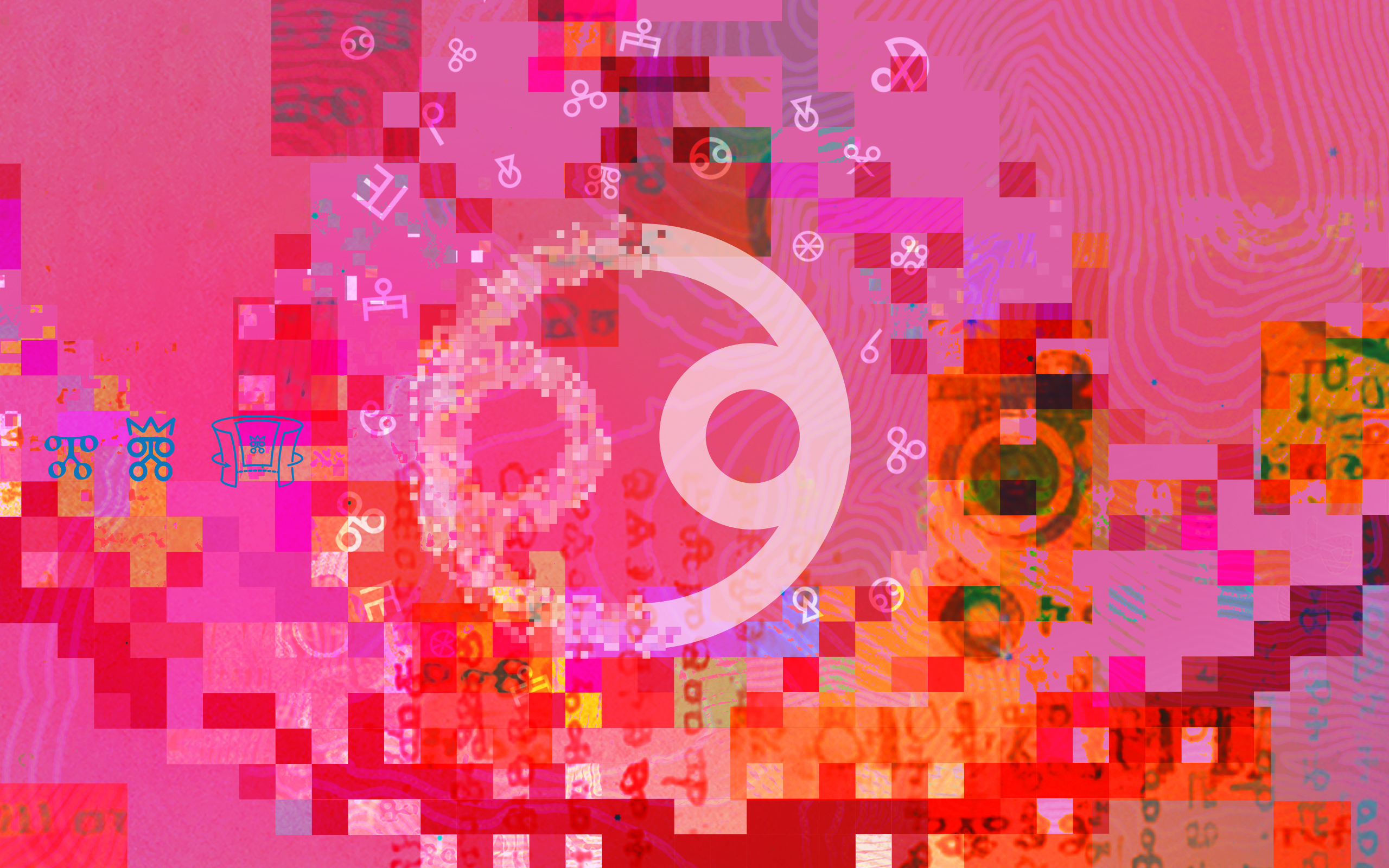

Virtual Poster: Dialogue of Tradition and Technology presents an experimental project that connects cultural heritage with digital innovation. At the center of attention is Glagolitic alphabet —one of the oldest Slavic alphabets—reinterpretated through augmented and virtual reality tools. Macedonian graphic designer, educator, and interdisciplinary researcher Laze Tripkov utilizes advanced technologies such as haptic feedback and gamification to create an interactive and multisensory space where the poster becomes a living medium. The VR technology used to create the virtual poster generates an environment capable of simultaneously activating multiple senses—sight, hearing, touch, and the motor apparatus. The resulting multisensory experience transcends the “real” physical space of the traditional paper poster and opens a new dimension of visual communication.
The project transcends the boundaries of traditional graphic design—transforming a static visual into a dynamic story experienced by the viewer’s whole body. This exhibition offers not only a new way of reading cultural symbols but also opens a discussion about the possibilities of preserving and sharing cultural identity in the digital age. The virtual poster becomes a tool for visual storytelling, research, and education—a bridge between the past and future of visual communication. The project represents an original intersection of cultural heritage, visual communication, and advanced virtual reality technologies. At the core of the exhibition is the reinterpretation of Glagolitic alphabet as a visually symbolic element that carries historical, linguistic, and cultural memory.
Typography is not only a visual tool for conveying information but also a significant carrier of linguistic and cultural identity. The shape and style of letters reflect historical, social, and cultural patterns that shape our identity. Thus, the poster does not merely transmit textual information but actively expresses cultural attitudes and identity through typography. Modern technologies like virtual reality allow this experience to expand into a multisensory space where the viewer can not only read but also experience language and culture in new, interactive ways.
Here, font is not merely a system of signs but becomes a graphic gesture—an expressive act that connects visual aesthetics with the experience related to forming, realizing, or living one’s own identity. The poster as a medium thus shifts from an informational function to an expressive one: it is a place where form and meaning, gesture and voice, past and present meet. In this expanded sense, the poster carries a cultural stance rather than just a visual surface.
Laze Tripkov’s doctoral project uses VR tools not only for aesthetic experience but primarily as a means of interactive education and cultivation of visual literacy. Through gamification, haptic feedback, and spatial interaction, it creates an environment where the historical alphabet becomes a lived experience. The visitor stops being just an observer and becomes part of the narrative, its co-author.
This approach is especially valuable in educating the younger generation, accustomed to digital narratives and rapid visual communication. The virtual poster functions as a medium that draws young viewers into cultural tradition through contemporary linguistic experience—at the intersection of past and present, learning and play, identity and imagination.
From the perspective of visual communication, the project raises new questions: Can a poster carry deep cultural experience? How can typography activate memory and identity? How to interpret graphic gestures in an environment without paper, substance, and print? And can VR technology be a tool for preserving and reinterpreting cultural codes?
The Virtual Poster exhibition shows that the answer is yes—if we combine historical depth with openness to new technologies and interactive forms of understanding.
Lenka Sýkorová
The approach repositions the historical narratives of the Glagolitic script as a transformational concept at the intersection of human cognition and digital subjectivity. Immersive technologies actively participate in the reinterpretation of sensory-driven experiences, the installation challenges static notions of heritage, reshaping how audiences can engage with art, history, and cultural memory in contemporary digital contexts.
The illuminated Glagolitic poster serves as a conceptual and visual anchor, grounding the script in its historical legacy, while the animated projection dismantles linear representation, allowing the letters to shift, dissolve, and reassemble as non-linear, adaptive narratives that explore multiple forms of cultural mediation in digital spaces. At the core of this experience, VR immersion enables users to embody non-human entities, activating the script as a co-created, dynamic system of meaning-making that transcends traditional archival presentation.
Laze Tripkov
Laze Tripkov is an international distinguished graphic designer, educator, and interdisciplinary researcher in art and design. He currently serves as a professor of Visual Communication and Graphic Design at the Faculty of Art and Design at the International Balkan University in Skopje, Macedonia. His academic and professional interests encompass a wide range of creative digital disciplines, including virtual reality (VR) immersions, media art, interactive installations, and the exploration of emerging technologies in research and education.
Tripkov holds an MA from the Academy of Fine Arts in Warsaw and pursued advanced post-master studies in Multimedia and Design at the Academy of Fine Arts in Łódź. As a Fulbright PhD scholar, he conducted in-depth research on the symbols and iconography of the Balkan region. Currently, he is a PhD candidate at the Faculty of Art and Design, University Jana Evangelista Purkyně, Czech Republic.
Curator (Female)
Lenka Sýkorová